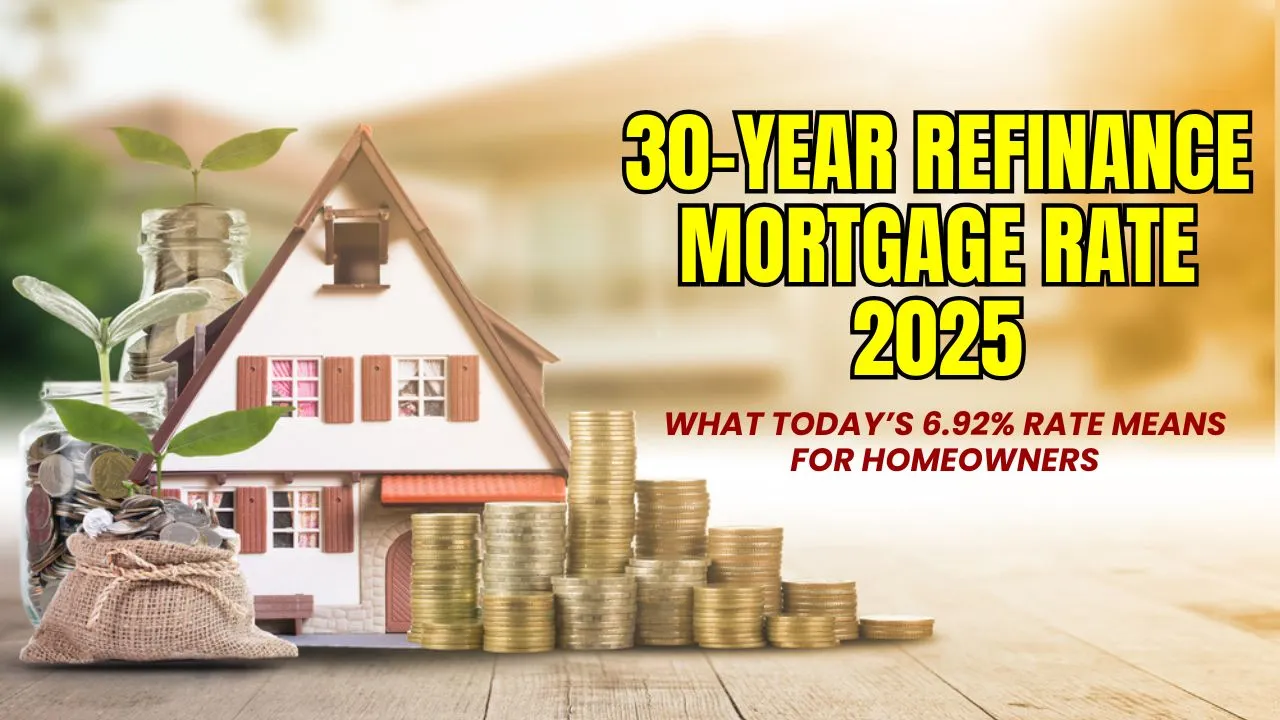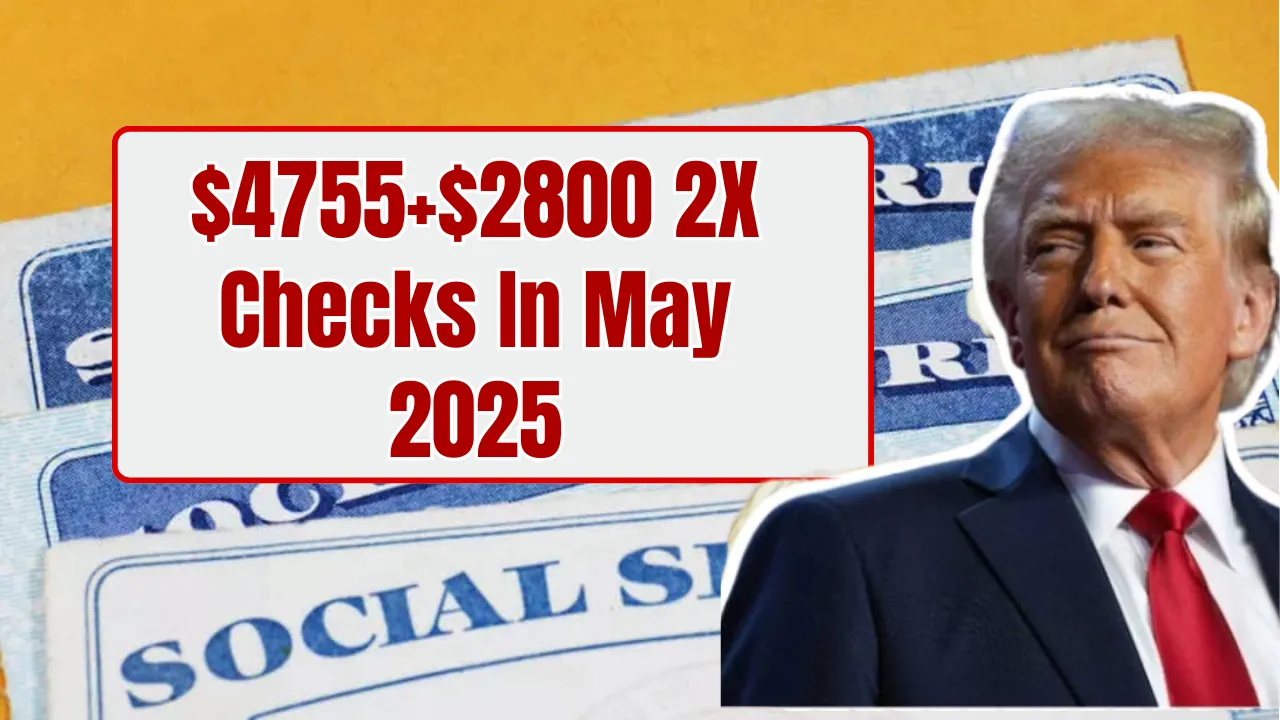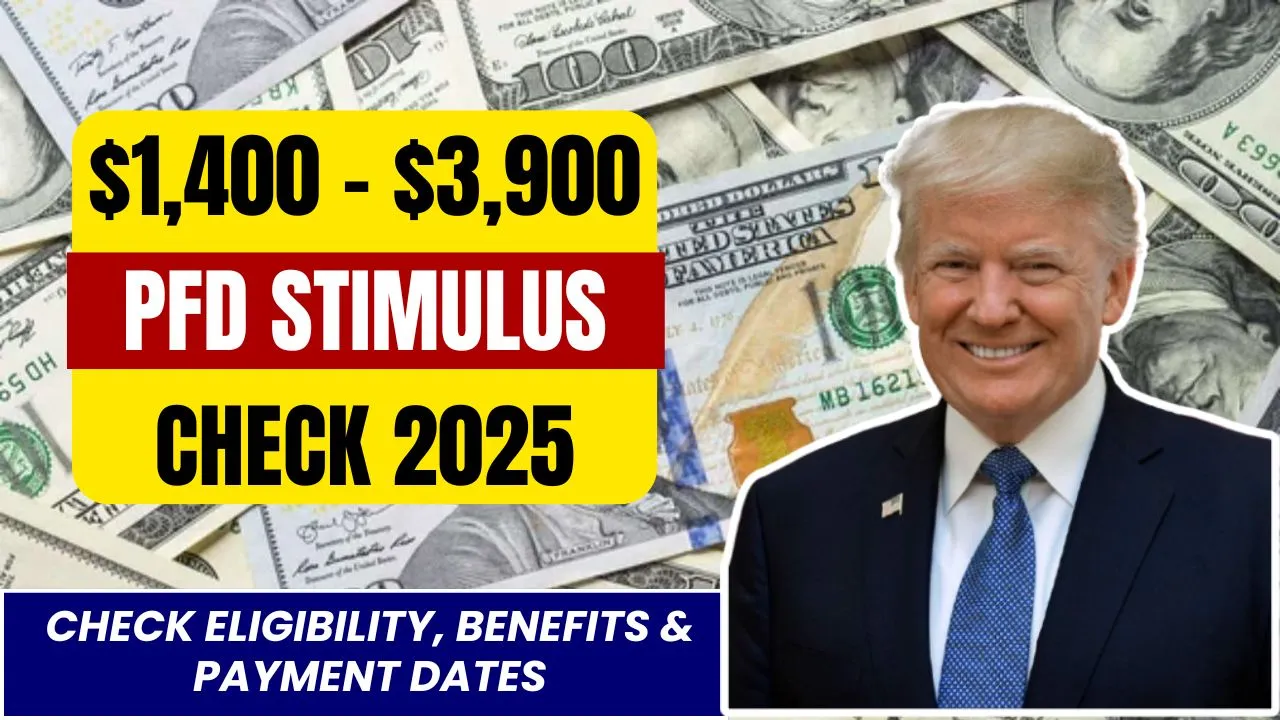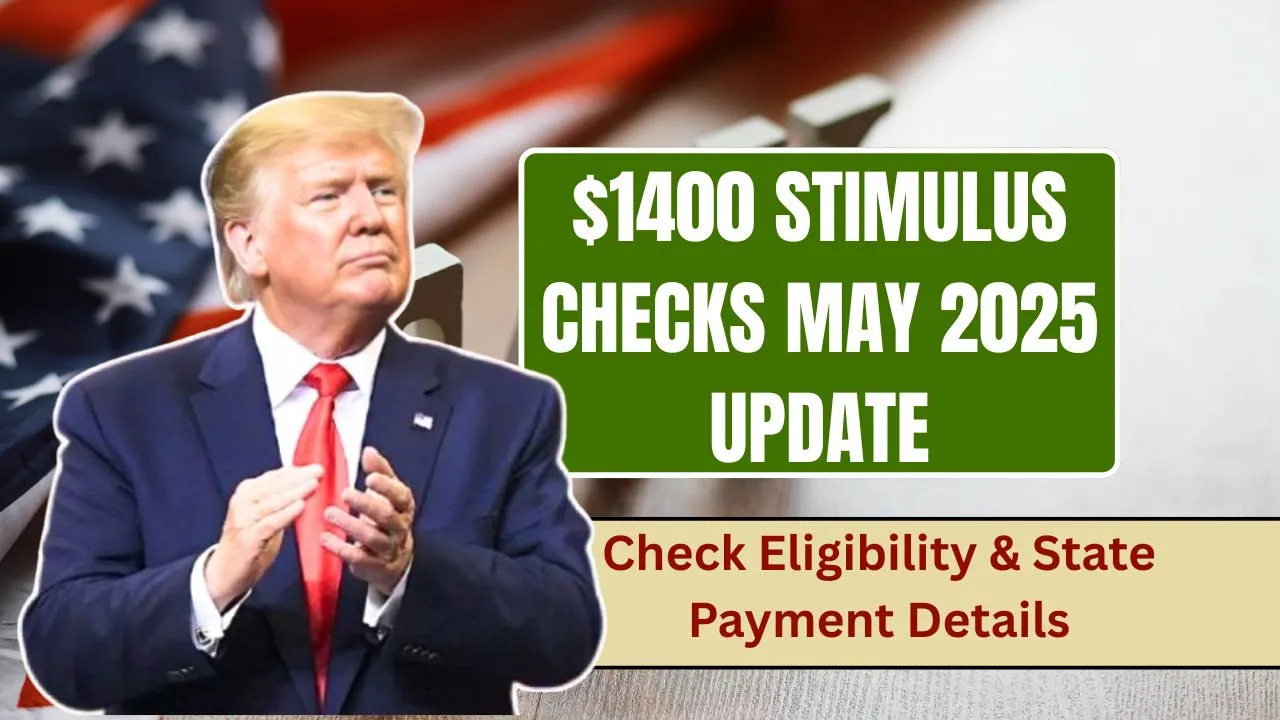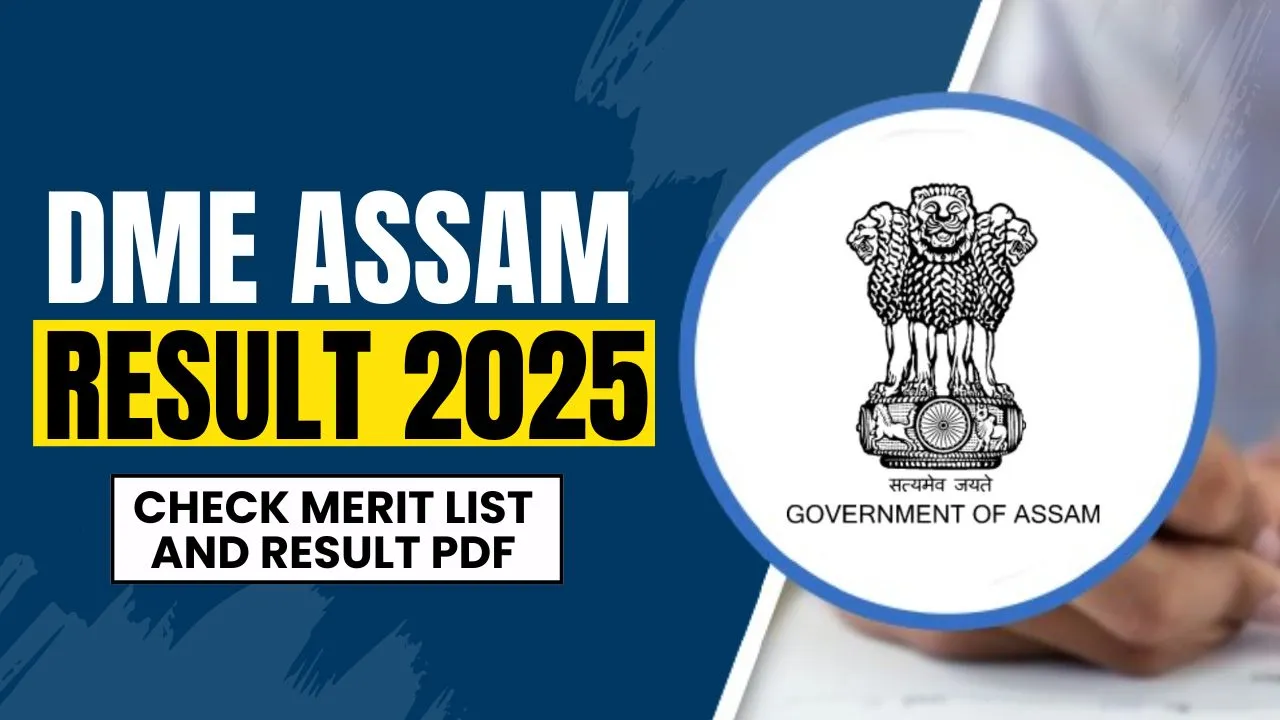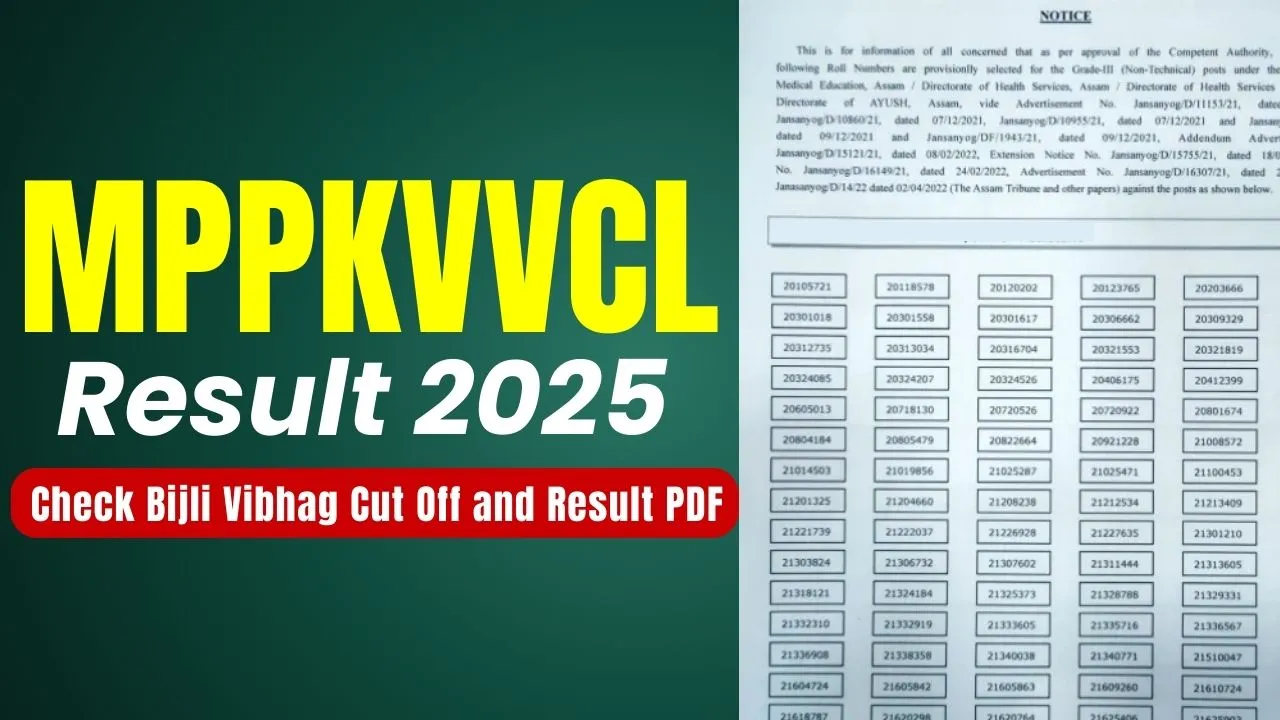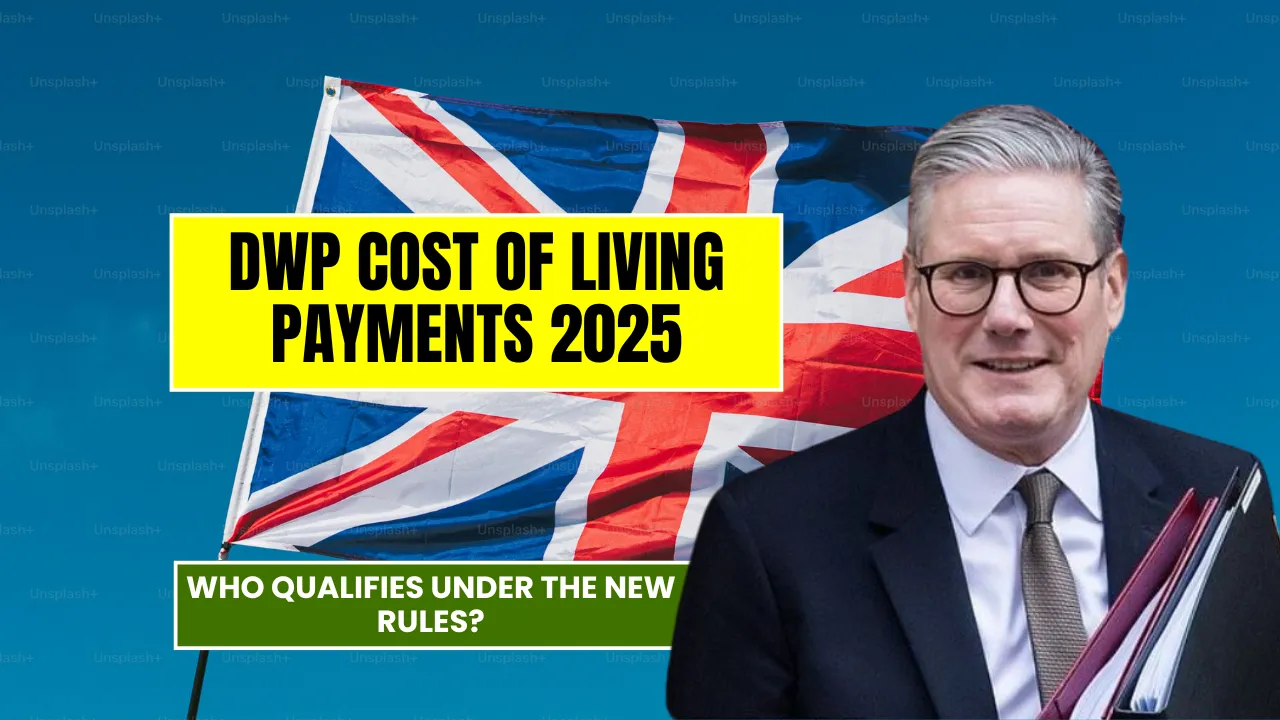30-Year Refinance Mortgage Rate 2025: Homeowners looking to refinance their mortgages in 2025 are facing tough decisions as interest rates continue to stay high. The current 30-year refinance mortgage rate has reached 6.92%, according to recent data from Zillow and Bankrate. With inflation stubbornly high and the housing market tight, many are weighing whether to refinance now or wait for rates to drop.
The 30-Year Refinance Mortgage Rate 2025 has seen minimal relief despite hopes for a turnaround. Most homeowners are hesitant to refinance unless they’re currently locked into loans with even higher rates. This article explains the current refinance landscape, provides a detailed rate comparison, and outlines when refinancing might still make sense despite today’s high rates.
30-Year Refinance Mortgage Rate 2025: Should You Refinance Now?
The 30-Year Refinance Mortgage Rate 2025 currently sits at 6.92%, a figure that is causing many homeowners to hesitate. Most homeowners in the U.S. already have mortgage rates below 6%, meaning a refinance would increase their rate rather than lower it. However, refinancing could still be worthwhile for those whose current rates are above 7%, or for those with variable or FHA loans who want long-term stability.
With inflation still above target and global uncertainties impacting economic forecasts, mortgage rates are unlikely to fall significantly in the immediate future. Refinancing at today’s rate might be the best option for some, especially if it provides predictability and the ability to tap into home equity.
Overview of Mortgage Rates – May 9, 2025
| Loan Type | Interest Rate |
| 30-Year Fixed (Conventional) | 6.92% |
| 20-Year Fixed | 6.95% |
| 15-Year Fixed | 6.00% |
| 10-Year Fixed | 6.08% |
| Jumbo 30-Year | 7.56% |
| Jumbo 15-Year | 7.25% |
| FHA 30-Year | 6.53% |
| FHA 15-Year | 5.63% |
| VA 30-Year | 6.50% |
| VA 15-Year | 5.94% |
Mortgage Purchase Rates Also Climbing
Not only have refinance rates climbed, but purchase mortgage rates have also increased. The 30-year fixed mortgage for new purchases now averages 6.83%, showing a 0.07% increase from last week. Meanwhile, the 15-year fixed rate is now 6.01%, and adjustable-rate mortgages (ARMs) like the 5/1 ARM sit around 6.25%.
These continued increases reflect broader economic pressures, including slowdowns in housing supply, global trade issues, and the Federal Reserve’s cautious approach to cutting interest rates. While some had hoped for relief by mid-2025, those hopes have faded as rates remain steady or creep higher.
Why Many Homeowners Aren’t Refinancing
Despite rising refinance rates, a large portion of homeowners are staying put. According to Redfin, over 82% of U.S. homeowners currently have mortgage rates below 6%. This discourages them from refinancing, since doing so would often lead to higher monthly payments, not savings.
Still, refinancing might make sense for certain groups:
- Homeowners with rates above 7% who can now lock in something lower.
- Borrowers with adjustable-rate mortgages (ARMs) seeking fixed-rate security.
- FHA loan holders looking to switch to conventional loans to remove insurance premiums.
- Owners with equity who want to cash out for renovations or to pay off other debts.
Costs and Considerations Before Refinancing
Refinancing is not a cost-free process. Homeowners should expect to pay 2% to 6% of the loan amount in closing costs. These may include:
- Origination fees
- Appraisal and inspection charges
- Title insurance and legal fees
- Prepayment penalties, if applicable
For example, on a $300,000 mortgage, refinancing could cost between £6,000 and £18,000. Some lenders offer “no-closing-cost” refinance options, but these typically come with slightly higher interest rates to offset waived fees.
Before refinancing, consider:
- Your current rate and how much lower the new rate is
- How long you plan to stay in the home
- Whether you need lower monthly payments or access to cash
- If you can cover the upfront costs or roll them into the loan
Should You Refinance Now?
The key rule of thumb in today’s environment is that refinancing is most beneficial if you can lower your rate by at least 1 percentage point. If your current rate is 7.9%, refinancing at 6.92% may offer real savings over time, especially if you intend to stay in the property for several more years.
Even with rates hovering close to 7%, a fixed-rate loan still provides predictability—especially compared to variable rates, which could spike again depending on inflation or future Fed actions. Homeowners who value stability may find peace of mind in locking in today’s rate, even if it’s not ideal.
Will Mortgage Rates Fall in 2025?
At the beginning of the year, many economists predicted mortgage rates might drop closer to 6% by late 2025. However, this outlook is looking less likely. Persistent inflation, global trade uncertainty, and domestic economic resilience have made the Federal Reserve hesitant to cut rates further.
As a result, most analysts now expect rates to remain between 6.5% and 7% through the end of the year. Barring any major economic downturn, a sharp fall in rates appears unlikely. For borrowers, this means the current environment could be the “new normal” for the foreseeable future.
FAQs
Is now a good time to refinance with a 30-year fixed mortgage?
It depends on your current rate. If your existing mortgage rate is higher than 7%, refinancing at today’s 6.92% rate could provide long-term savings.
How much does refinancing typically cost?
Expect to pay between 2% to 6% of your loan amount in closing costs. For a £300,000 loan, that could mean £6,000–£18,000.
What’s the difference between a cash-out refinance and a rate-and-term refinance?
A cash-out refinance lets you tap into home equity for cash, while a rate-and-term refinance only changes the interest rate or loan duration without withdrawing funds.
Why aren’t more homeowners refinancing now?
Most homeowners already have mortgage rates below 6%, so refinancing into a higher rate doesn’t offer financial benefits
Will refinance rates go down later in 2025?
That’s uncertain. While some had hoped for lower rates by now, economic conditions suggest they may stay in the 6.5%–7% range for the rest of the year.
Final Thought
The 30-Year Refinance Mortgage Rate 2025 at 6.92% reflects the ongoing challenges in the mortgage and housing markets. While not ideal, it could still be a strategic move for those with higher existing rates, those looking for fixed-rate stability, or homeowners in need of equity access.
Before jumping into a refinance, evaluate your current rate, the costs involved, and how long you plan to stay in your home. A thoughtful approach now can lead to better long-term savings and peace of mind. Stay updated on rates and consult a mortgage advisor to make the most informed decision.
